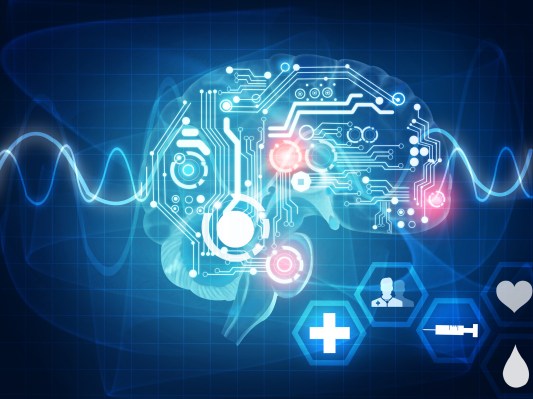When people without health insurance experience suspicious symptoms, they often rely on an internet search to decide whether the situation is dire enough to warrant a trip to the emergency room.
However, by the time they seek help, the condition may have advanced to the point where care is complicated and expensive. Or, those without urgent need may end up wasting valuable emergency room resources to perform a screening service that could have been done elsewhere for a fraction of the cost.
The irony of strict regulation is that while it drives up the quality of care, it also drives up costs, making it unreachable for those without health insurance. The fact that few for-profit screening services exist outside of health insurance ecosystems suggests the cost of FDA approval makes it prohibitively expensive to develop low-cost solutions. This leaves no options for the poor.
But in many ways that is changing. GYANT, a San Francisco-based startup, recently launched a free app that can screen patients for the Zika virus, based on symptoms. It does not perform tests, or analyze images of the patient, but rather asks questions such as: “Have you traveled internationally in the last four weeks?” Or “Are you experiencing a fever?” After a few questions, GYANT, rather than diagnosing, gives a percentage in which the patient’s symptoms match those of a Zika virus-affected patient.
Prior to GYANT, most developers launched digital health apps on private, secure portals so they could control the flow of patient information. GYANT found a way to launch its app on Facebook’s Messenger. They now have more than 450,000 users and claim to have accumulated the world’s second-largest set of Zika data. The company recently took the technology a step further and can now help identify approximately 350 common health concerns.
Another San Francisco company, Lemonaid, offers prescriptions for straightforward conditions, like urinary tract infections. The $15 process is almost entirely automated, using questions and a picture of the patient. A doctor confirms the prescription, which is sent to a pharmacy for pick up.
While the automation powering these apps is not yet accurate enough for clinical diagnosis, their power lies in screening. Those facing financial difficulties may affordably check their symptoms or obtain standard prescriptions without signing up for an expensive health plan. The technology could sweep a large portion of patients away from emergency room doors, and perhaps even slow the spread of infectious diseases.
However, there may be some significant regulatory hurdles for these apps. While the FDA has issued extensive guidance for mobile medical applications, many, if they provide a diagnosis, are still categorized as medical devices. For instance, while the 21st Century Cures Act excluded certain administrative health IT software from the category of “medical device,” anything related to the “diagnosis, cure, mitigation, prevention, or treatment of a disease” may still be included. Additionally, the FDA currently administers the open-ended rules on a case-by-case basis that is hard to predict. While the FDA is in the process of developing a more concrete risk-based framework, the ongoing uncertainty surrounding health IT applications is likely cooling investment in this sector.
Scott Gottlieb, the new head of the FDA, published an article in 2014 advocating for a streamlined approval track for healthcare apps that meet concrete safety standards. He argued that the benefits of increased patient awareness from these apps outweigh the risks of faulty information influencing patient decisions. Even with apps like GYANT, where the screening is based purely on questions and answers, the information is far more helpful than guessing at the severity of symptoms using a Google search.
On July 27, Mr. Gottlieb announced the FDA’s new Digital Health Innovation Action Plan that includes a pilot program to pre-certify health IT software. Its proposed extensive guidance documents may bring the needed predictability in the U.S. market to unleash a flood of these apps. The benefits for patients far outweigh the risks.
